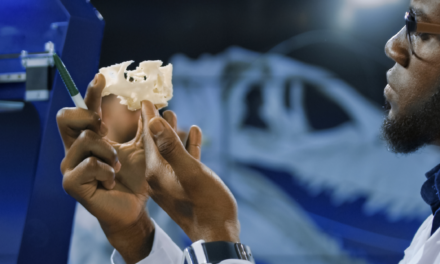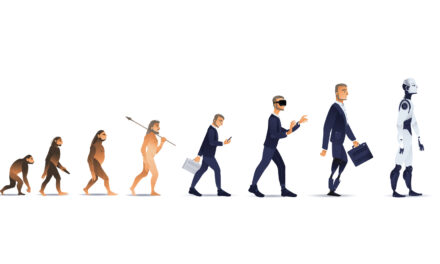
The Future of Physical Therapy
Though technology is shaping the future of nearly all areas of our personal and economic lives, the role of technology in the advancement of physical therapy may be the most underappreciated. From allowing paralyzed people to walk to reducing pain, technology is revolutionizing the means and impact of treatment.
To view the full article please register below:
The Future of Physical Therapy
Though technology is shaping the future of nearly all areas of our personal and economic lives, the role of technology in the advancement of physical therapy may be the most underappreciated. From allowing paralyzed people to walk to reducing pain, technology is revolutionizing the means and impact of treatment.
Let’s explore some of the many ways technology is helping patients achieve better outcomes than ever.
- Wearable tech is helping paralyzed people walk again. Robotic exoskeleton suits—which are essentially battery-powered robotics worn over clothes—provide individuals with the support and motion that can improve circulation and oxygen intake, reduce pain, and lead to better bladder and bowel function and joint maintenance. The exo-suits that allow people to walk again were originally designed for soldiers to help them carry heavy loads.One provider, ReWalk, offers two products: ReWalk Personal 6.0, which enables individuals with spinal cord injuries to stand upright, walk, turn, and climb and descend stairs; and ReStore Exo-Suit, which is a lightweight, soft exo-suit used in the rehabilitation of individuals with lower limb disability due to stroke.
- Intelligent electronic skin sensors are able to read, analyze and map body behavior to provide data that can help physical therapists better understand patient issues, in addition to providing therapeutic benefits.Biosleeve, a product of AxioBionics, is one example. Biosleeve works by stimulating nerves and muscles, which can prevent or retard muscle atrophy, relax muscle spasms, increase local circulation and improve joint range of motion.
- Virtual reality (VR)/gamification is employed in a range of ways. For instance, it exercises the brain, helping to re-establish the linkage between eye movement and the vestibular system that regulates our balance and information about body position. And, because the technology is fun, patients are more likely to maintain their discipline to their rehab program.There is also research that VR can reduce patients’ pain by distracting their attention away from the anticipation of pain.
- AI and machine learning offer more precise measurement of movement and mobility, providing detailed feedback and correction during an activity. AIDigital Therapist is one tool that uses sensor readings to guide patients through their exercise program and offer live feedback.
As the U.S. population ages and the demand for physical therapy rises, these technologies will offer patients hope for better and faster outcomes than ever before.
Please reference disclosures at: https://blog.americanportfolios.com/disclosures/












